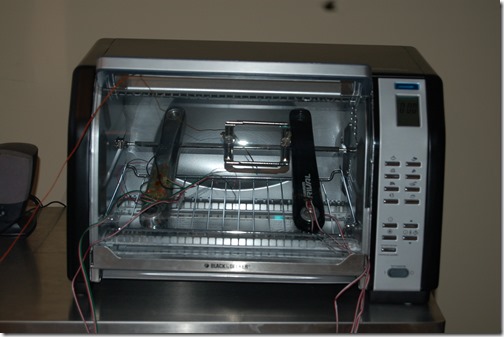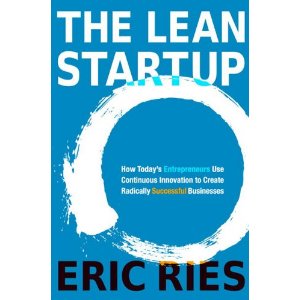I’ve created a relatively aggressive schedule for myself which should have prototypes for beta testers to use around the end of June or early July. If you look closely to the picture above you will see that I’m on track with the coding, the strain gauge design evaluation, and ahead of things on the thermal side. However, the gyro evaluation isn’t started – and it’s due to happen yesterday.
At this point I don’t see it as likely to start. The problem is that the gyro has to be running at all times. Stable startup times are long, on the order of 100ms, so you can never really shut it off. When it’s on, it's 4ma. The gyro alone would kill a CR2032 in under 50 hours without readout enabled. In short, current draw is high too. But these were all issues I mentioned before and said I would work with and maybe find a way around. That is looking less likely to happen to meet the build schedule.
In news, SRM is evaluating a rechargeable power meter for mountain biking. SRM generally uses the idea of primary cell lithium that are not user replaceable. IE: Has to be sent to Germany or Colorado. However seems they are warming to the idea of rechargeable.
This brought a single thought to me. It comes down to if I went with a rechargeable I could have my gyro, but sacrifice operating time (50 – 80 hours depending on battery), or pursue coin cell operation but still potentially be forced into rechargeable due to not being able to source 1000 ohm gauges (especially the double shear gauge for the left torque measurement).
I have ran all the tests on the strain gauge setups for rejection of unwanted forces and I have to make a choice on which arrangement will be used. In order to do this I need to measure total current draw ASAP on the current setup. The choice of battery and gyro are coming by the end of the week or early next. This will lock me into a path. I’m close to a decision, but I’m not there.
Sadly there is little advantage to gyro, thought it might increase the accuracy over a magnet setup. The battery choice is the answer to all of this.
Lots of parts on the way though in the meantime.






